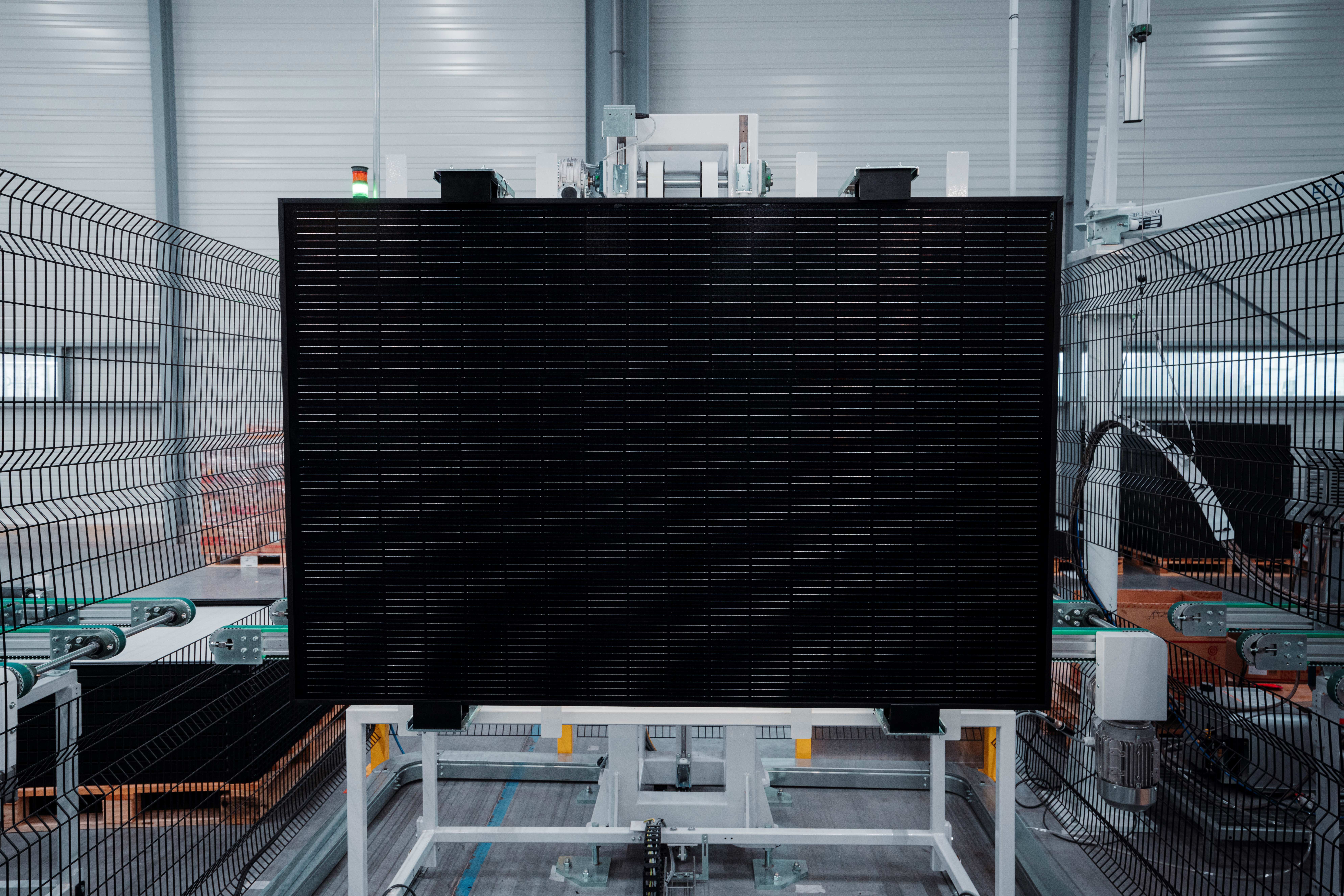The European Solar PV Alliance (ESIA) is an industry initiative launched by the European Commission. It brings together companies, institutes, and organisations in the European PV industry with the primary goal of proposing practical solutions to enhance the PV value chain in Europe. The steering committee includes the European Commission, EIT Innoenergy (secretariat), European Solar Manufacturing Council (ESMC), and SolarPower Europe. After an active and collaborative analysis process in spring and summer, the third ESIA recommendation paper has been released.
This paper focuses on ESIA’s recommendations for the effective implementation of non-price criteria (NPCs) related to resilience and ESG for various solar PV system segments, including public procurement, public auctions, industrial, commercial, and residential markets. ESMC has been actively involved, as administrative lead of the Supply Chain Working group.
ESIA suggests the application of NPC above legal minimum standards in accordance with article NZIA 19–21. Those NPCs will remain limited to specific resilience segments for volumes commensurate with the EU’s manufacturing capacity objectives for 2030 and leave the other segments free of NPCs in order not to impact the accelerating pace of cost-effective solar PV developments.
The ESIA calls for an EU regulatory environment that allows Member States to apply NPCs in specific solar PV “resilience auctions,” “resilient renewable energy support schemes” (consumers), and “resilience procurement” in the shortest possible terms. The key design feature of these auctions and support schemes is that they apply, first and foremost, resilience NPC for key components of solar systems as qualification for resilience bonus payments. Those increase with the level of resilience content being used in a solar system. The bonus payments should compensate for the additional cost related to resilience products compared to the majority of non-European products. In this way, it is intended as OPEX-support for the European PV manufacturing industry.
Given the urgency of providing stable market conditions for the remaining EU solar manufacturers, ESIA suggests to focus on EU content in the beginning and proposes to add other non-pricing criteria such as environmental, sustainable, energy-efficient, innovation, social, etc. as soon as they have been adopted by the EU Commission in accordance with EcoDesign and other regulations (2025–2027). Those non-financial criteria should then apply in addition to resilience criteria, and not substitute them.
The “landing zone” of the proposed regulation is the Net Zero Industry Act, which is currently (October 2023) being negotiated within the European Parliament and the European Council. For this reason, the proposed regulation at this stage needs to be very lean and compatible with the draft regulation. Section 2 outlines the minimum necessary changes to the NZIA.
The resilience segments should follow a staged approach in the next years, in reflection of the growing EU PV manufacturing capacities, which should amount to at least 40 GW by 2030 reflecting a 40% market share of EU-manufactured components used for solar PV developments in the EU by 2030. The growth trajectory to 2030 should be defined by the capacity of the EU PV manufacturing industry as it is supported via the Temporary Crisis and Transition Framework (TCTF), EU Innovation fund, and other public schemes.

Johan Lindahl
ESMC Secretary General
For more information:
lindahl@esmc.solar
